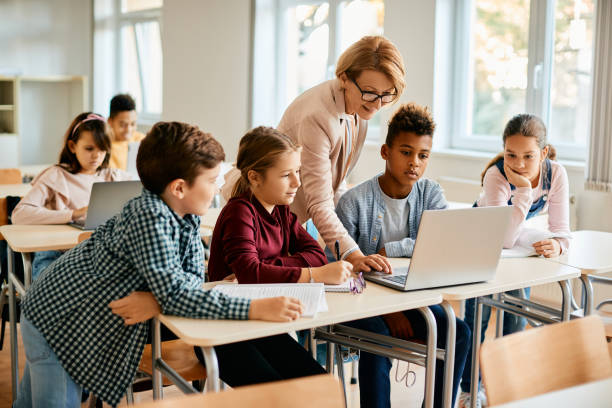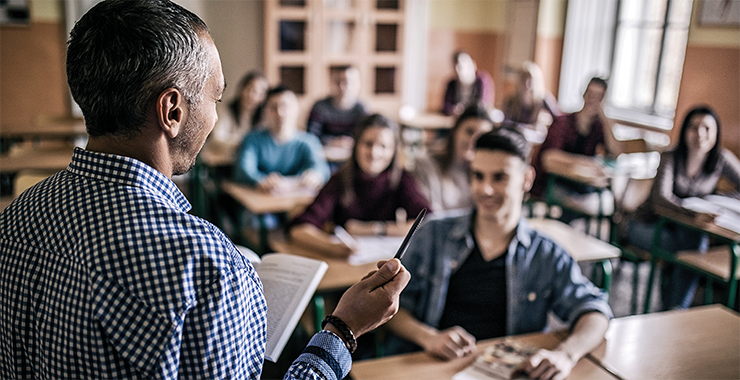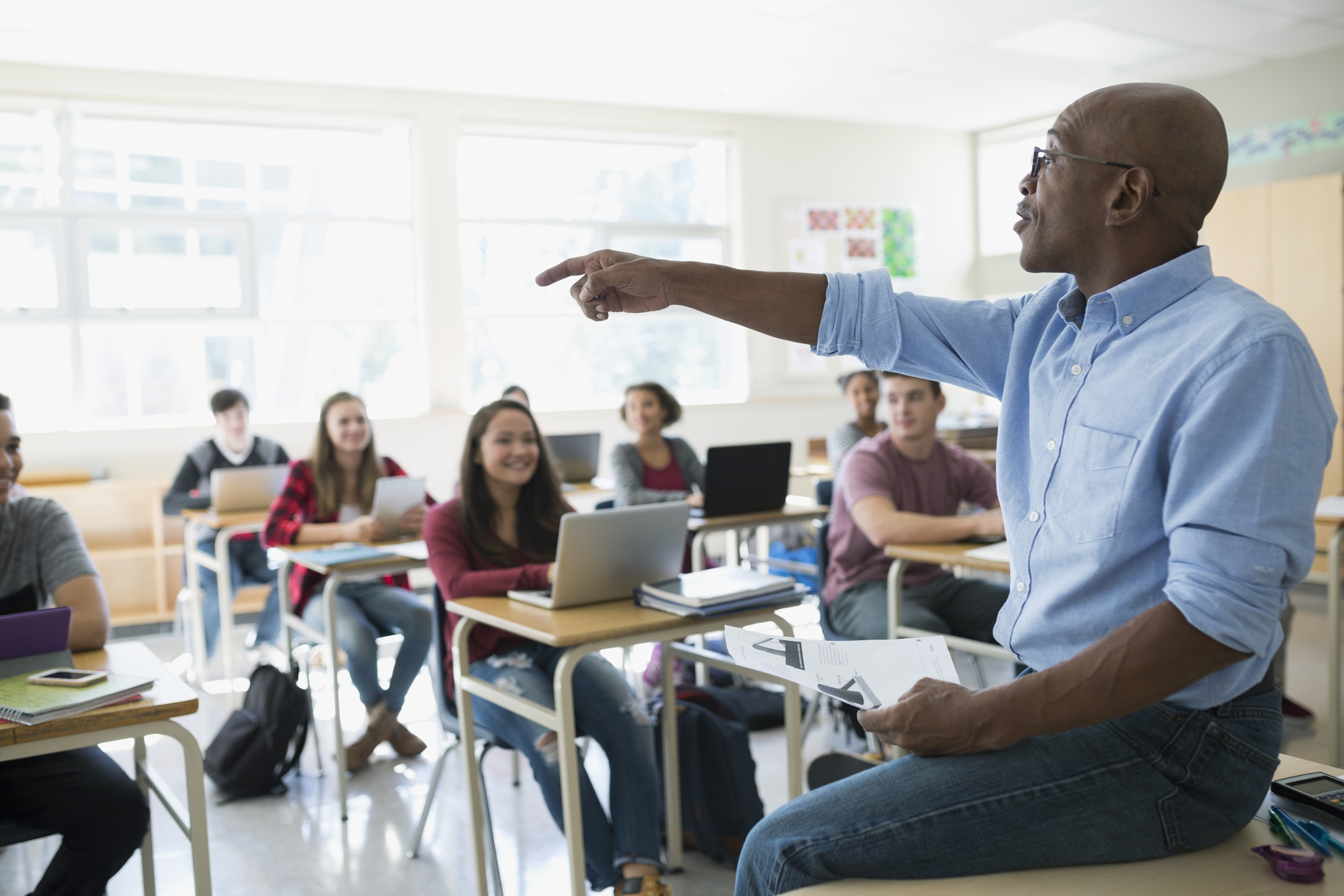Affordable Primary Science Tuition Singapore for All Learning Needs
Wiki Article
Discovering the Various Training Techniques in Main Scientific Research Education And Learning Today
The landscape of key science education and learning is progressing, with numerous mentor techniques obtaining prominence in contemporary class. Inquiry-based discovering, hands-on experiments, and the integration of innovation are redefining just how educators engage young minds. Furthermore, joint strategies and distinguished instruction are being used to provide to the varied needs of pupils, enhancing both interaction and understanding. As we analyze these techniques, inquiries arise concerning their effectiveness and the implications for future academic methods. What might these shifts in method mean for the following generation of students?Inquiry-Based Knowing
Inquiry-Based Knowing (IBL) is a pedagogical approach that encourages trainees to check out clinical concepts with wondering about, investigation, and hands-on trial and error. This method highlights the function of pupils as energetic participants in their discovering, promoting critical thinking and problem-solving abilities. By engaging with real-world inquiries, trainees end up being inspired and curious, which boosts their understanding of clinical principles.In IBL, instructors act as facilitators, assisting students as they browse their queries as opposed to providing information directly. This student-centered strategy permits differentiation, fitting different finding out rates and designs. Pupils develop skills in formulating hypotheses, designing experiments, and examining information, which are critical for clinical literacy.
Additionally, IBL fosters collaboration amongst trainees, motivating them to share searchings for and concepts. This cumulative questions advertises social skills and a feeling of area within the classroom. The process of inquiry urges strength, as pupils learn to accept failing as a stepping stone towards understanding.
Hands-On Experiments
Hands-on experiments are a vital component of reliable scientific research education and learning, enhancing the principles of inquiry-based learning. These experiments allow pupils to involve straight with scientific concepts, cultivating a deeper understanding through experiential understanding. By adjusting products and observing end results, young students can comprehend abstract concepts in concrete methods.Such tasks promote vital thinking and problem-solving abilities, as students assume results, conduct experiments, and analyze results. This procedure motivates them to ask questions, fine-tune their understanding, and create a scientific state of mind. Furthermore, hands-on experiments can be customized to diverse discovering designs, guaranteeing that all pupils have the opportunity to involve meaningfully with the web content.
Additionally, hands-on experiments frequently urge collaboration among peers, advertising teamwork and interaction abilities. Operating in teams allows students to share ideas, go over searchings for, and gain from one an additional, which enhances their overall educational experience.
Integrating hands-on experiments right into the key science curriculum not only enhances the learning atmosphere however likewise grows a long-lasting passion in scientific research. By proactively joining their education, pupils are more most likely to create an interest for clinical questions that expands past the class.

Technology Combination
Incorporating modern technology right into primary science education has come to be progressively crucial in fostering pupil engagement and improving finding out end results. Making use of digital tools, such as interactive simulations, online laboratories, and educational software application, gives pupils with opportunities to discover link scientific ideas in cutting-edge ways. These resources promote a deeper understanding of complex topics by enabling learners to visualize and control variables that would certainly be impractical in a standard classroom setup.In addition, modern technology combination encourages individualized finding out experiences. Trainees can advance at their own pace, taking another look at tough concepts through multimedia sources, which accommodate different understanding styles. This flexibility not only sustains individual development but additionally cultivates a feeling of autonomy in students.
Additionally, modern technology serves as a bridge to real-world scientific research, linking students with present research and specialist contributions. Accessibility to scientific journals and on-line databases widens trainees' perspectives on clinical inquiry and promotes vital assuming skills.
Collaborative Understanding
Joint discovering plays an important duty in key science education and learning by promoting teamwork and communication abilities among pupils. This strategy encourages students to work with each other, share knowledge, and participate in problem-solving, which boosts their understanding of scientific principles. By joining group tasks, pupils find out to articulate their ideas, listen to diverse point of views, and bargain solutions, all of which are necessary abilities in both academic and real-world contexts.
Study indicates that joint knowing can lead to boosted motivation and involvement in science topics, as students discover satisfaction in shared experiences (primary science tuition Singapore). Furthermore, this approach prepares trainees for future joint undertakings, furnishing them with the abilities necessary for efficient synergy in college and specialist atmospheres. Ultimately, accepting collective understanding in primary science education can dramatically enrich the knowing experience check my blog and advertise a much deeper understanding of clinical questions
Distinguished Direction

Set apart guideline can show up in various ways, such as varying the web content, procedures, or items of understanding. For circumstances, educators might use tiered assignments that supply differing degrees of intricacy, enabling students to work at their respective preparedness degrees. In addition, adaptable grouping techniques can facilitate cooperation amongst students with various capabilities, fostering peer understanding.
Evaluation plays an important role in this strategy, as it educates instruction and aids teachers understand each trainee's distinct demands. Formative analyses, such as monitorings and quizzes, can guide educators in adjusting their approaches to enhance finding out results. primary science tuition Singapore. Ultimately, by applying separated instruction in main science education and learning, educators can grow a more reliable and equitable knowing atmosphere, empowering all pupils to reach their complete capacity in understanding clinical phenomena
Conclusion
In recap, the diverse training techniques in key science education and learning, including inquiry-based knowing, hands-on experiments, technology integration, collaborative discovering, and separated direction, collectively add to a more efficient understanding environment. These techniques promote essential thinking, problem-solving skills, and a deeper comprehension of clinical principles. By applying these techniques, teachers can produce encouraging and engaging classrooms that address the varied requirements of trainees, inevitably cultivating a lifelong rate of interest in science and boosting scholastic achievement.Inquiry-Based Understanding (IBL) is an instructional method that encourages trainees to check out scientific ideas with questioning, examination, and hands-on testing.Joint understanding plays an important navigate to this site duty in main scientific research education and learning by fostering team effort and interaction skills among students.Research suggests that collective understanding can lead to enhanced motivation and engagement in science subjects, as students discover pleasure in common experiences.In cultivating a comprehensive knowing environment, differentiated direction emerges as an essential approach to suit the varied needs and abilities of trainees in key science education. Inevitably, by executing differentiated direction in primary science education, instructors can grow a much more efficient and equitable understanding setting, equipping all students to reach their complete potential in understanding clinical sensations.
Report this wiki page